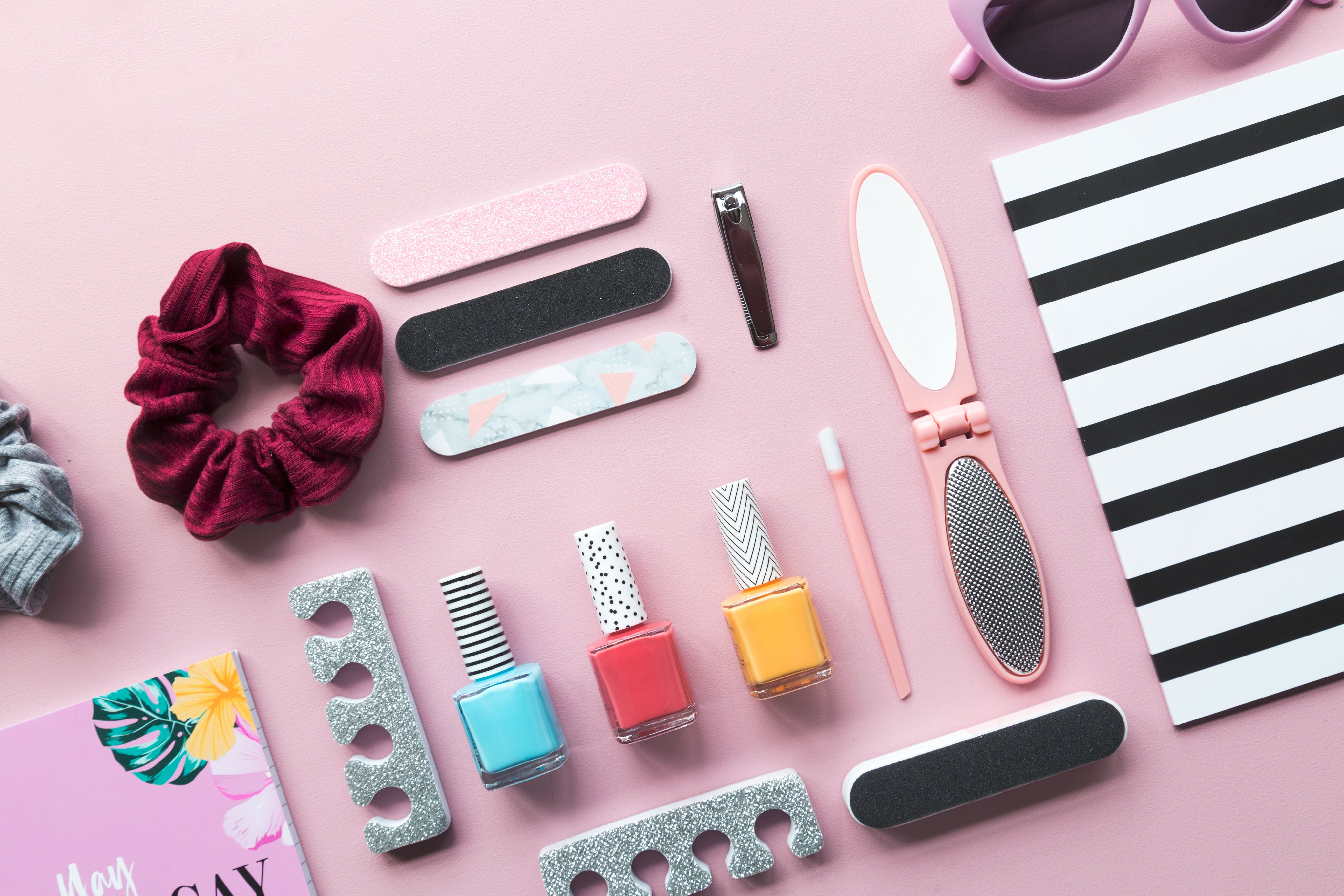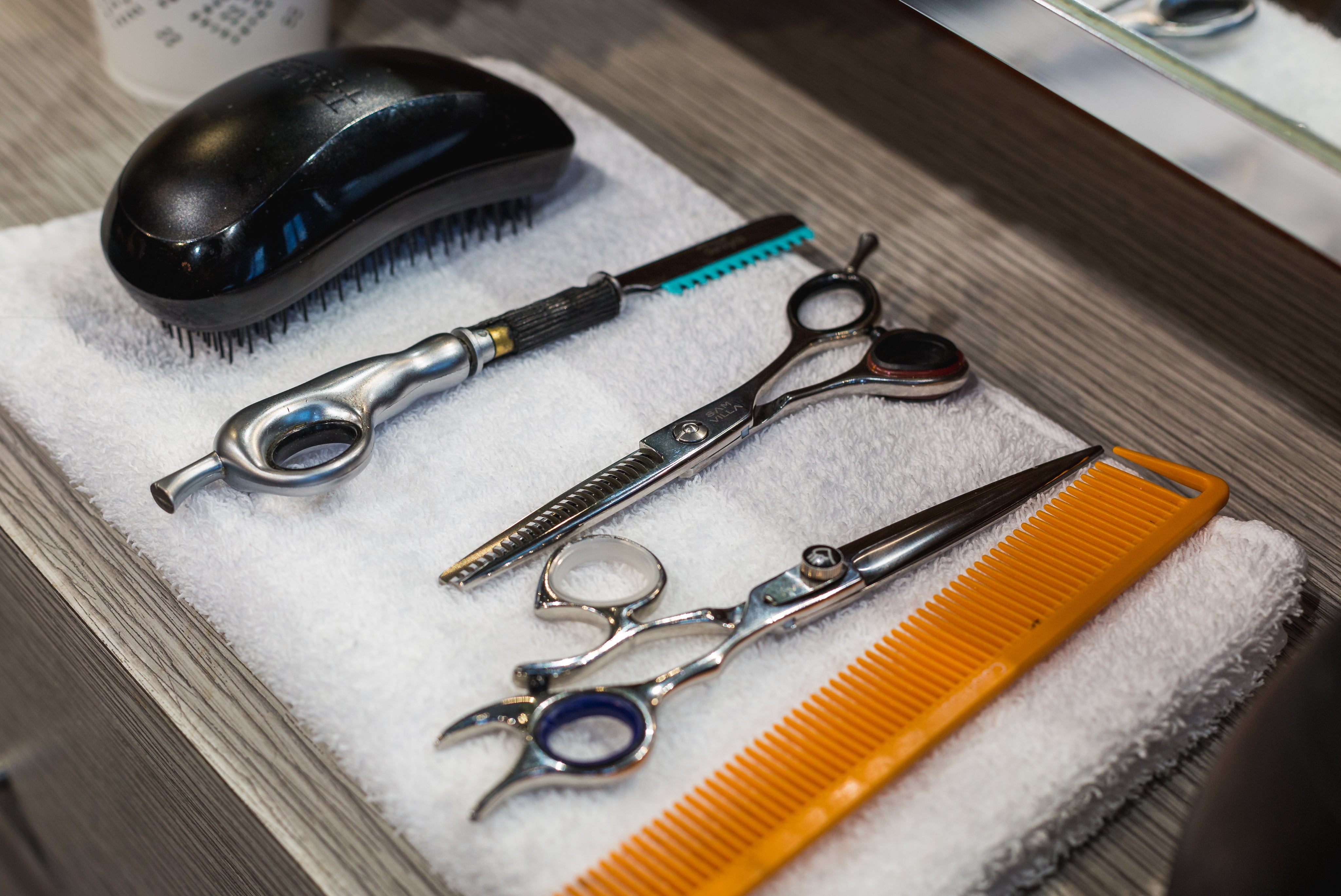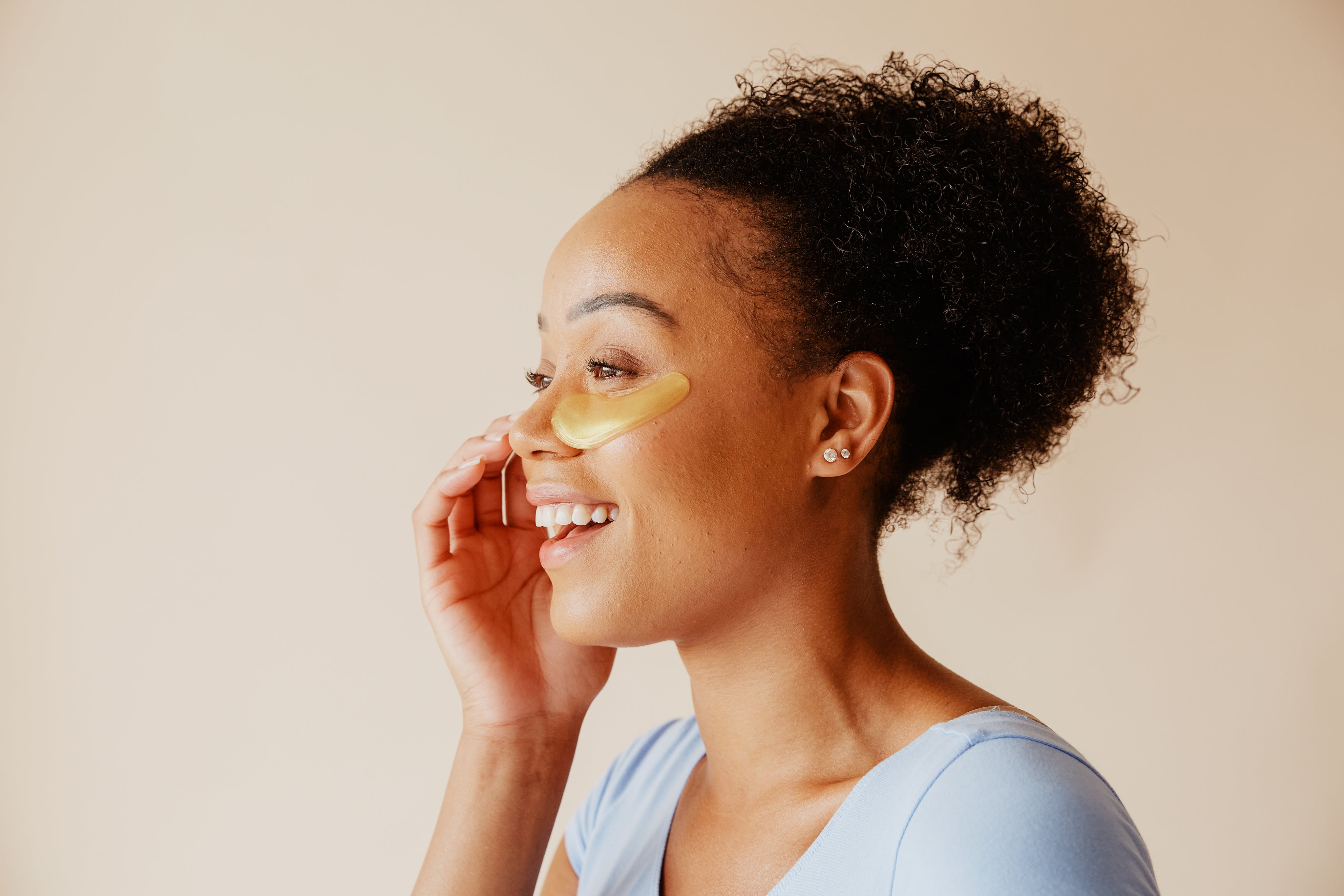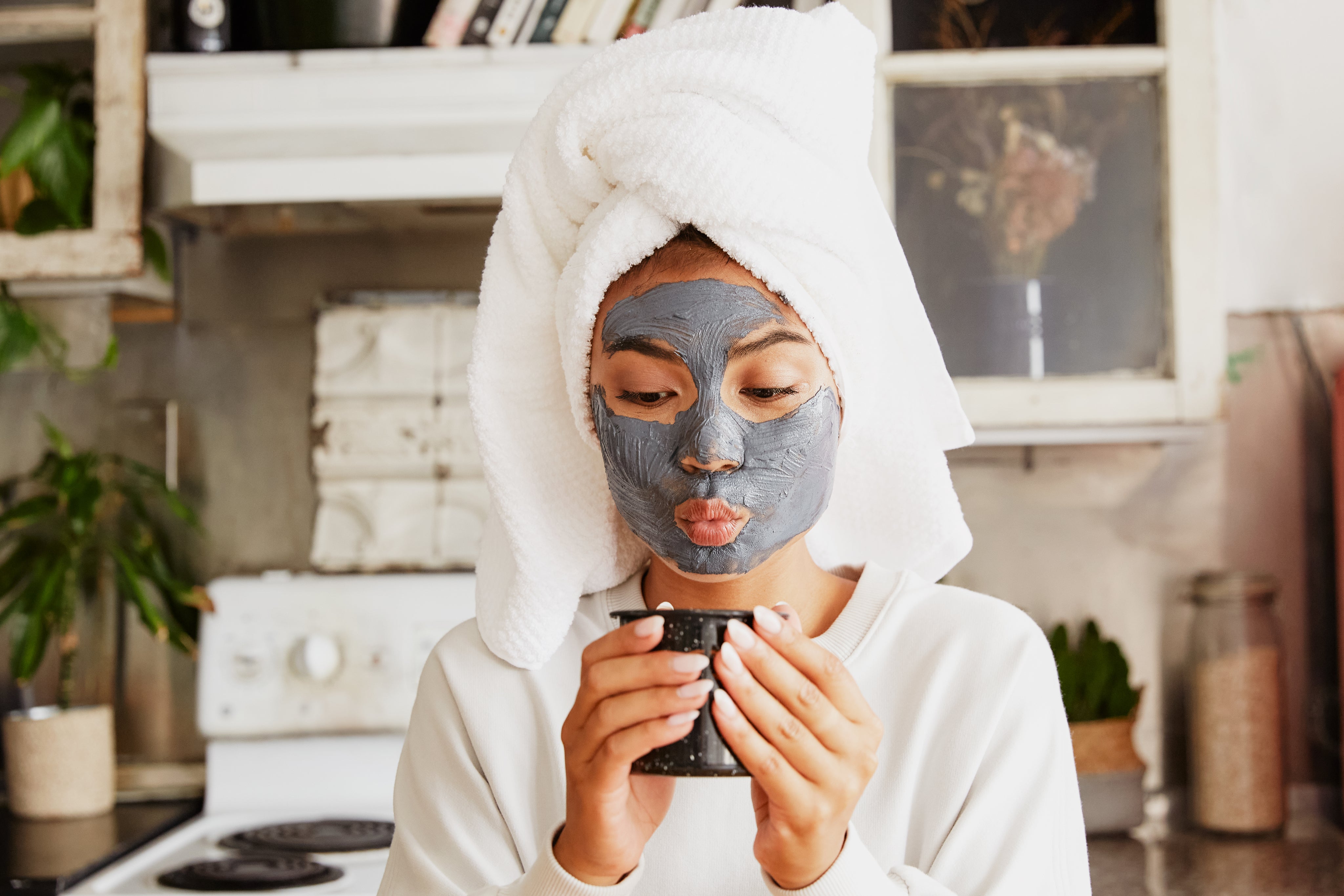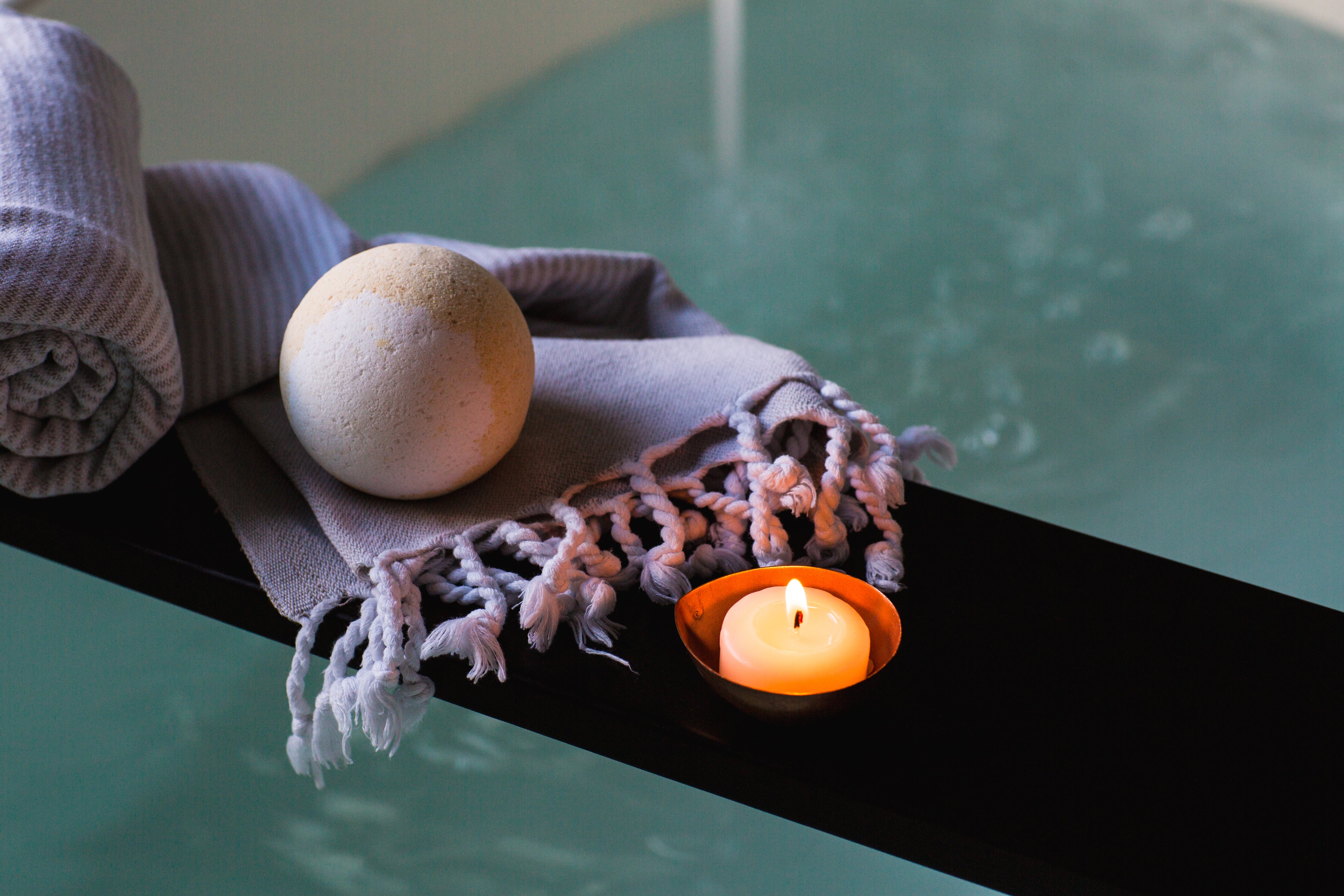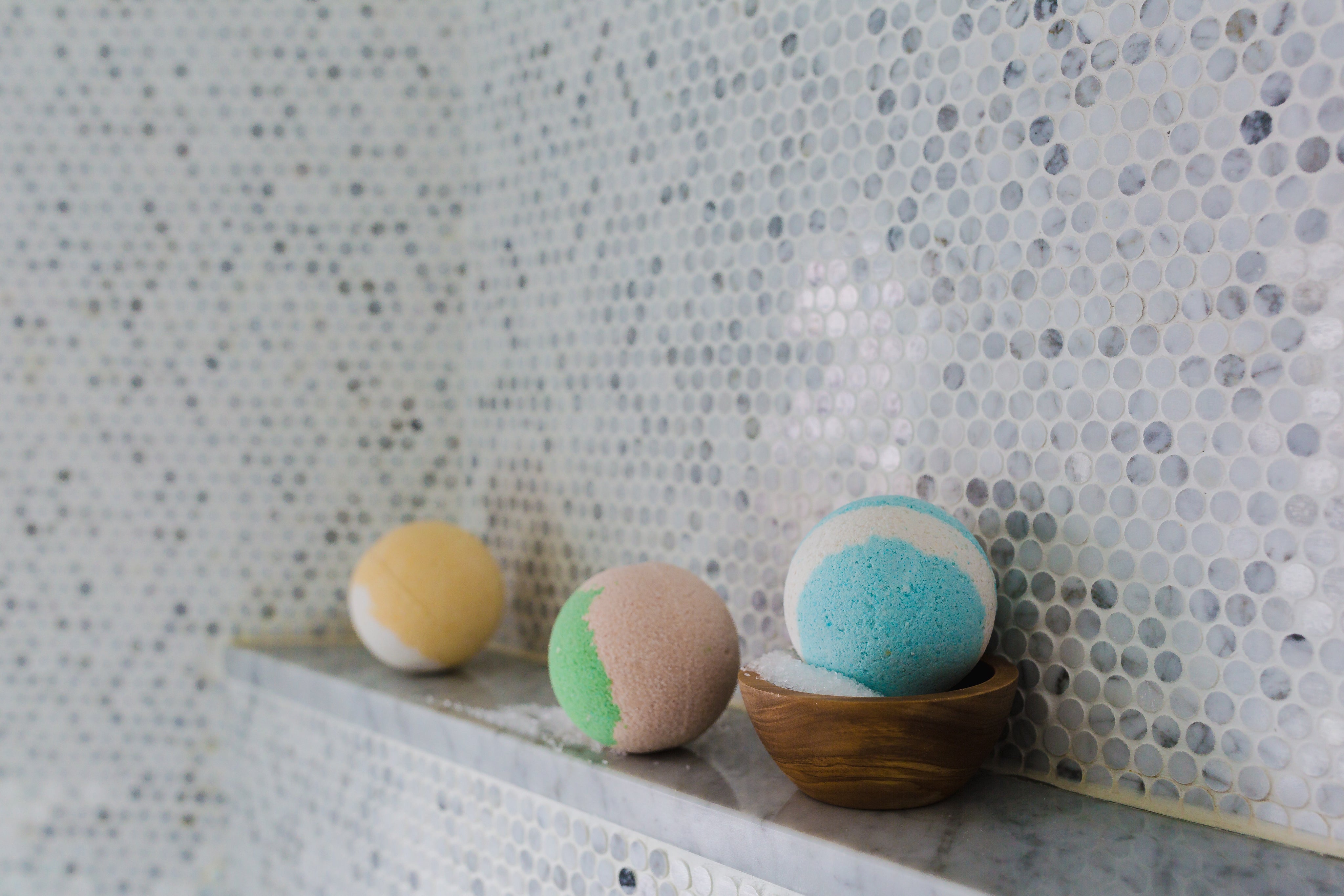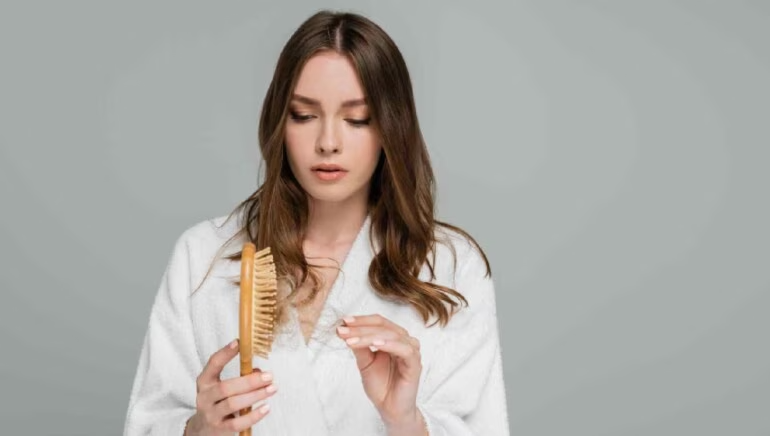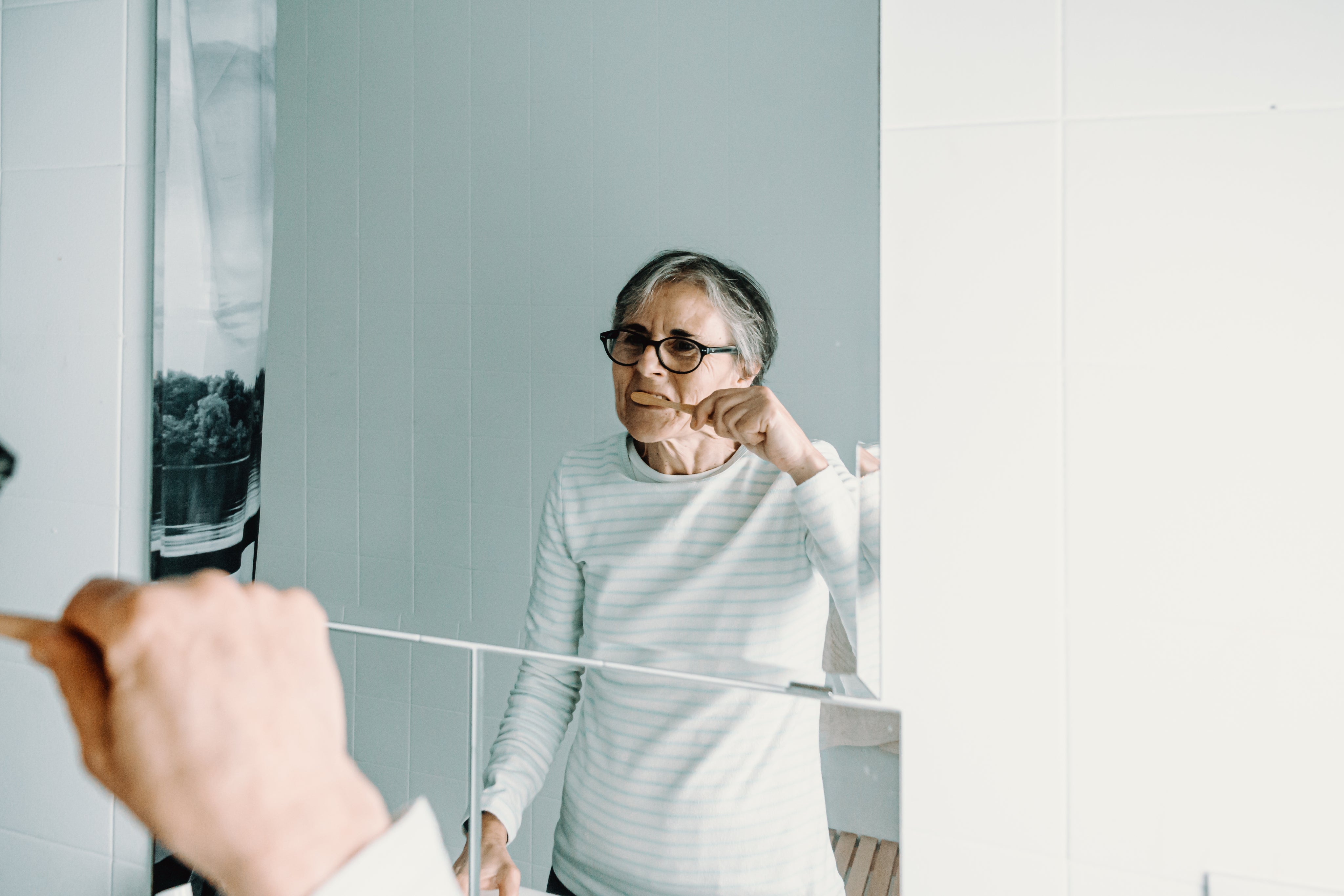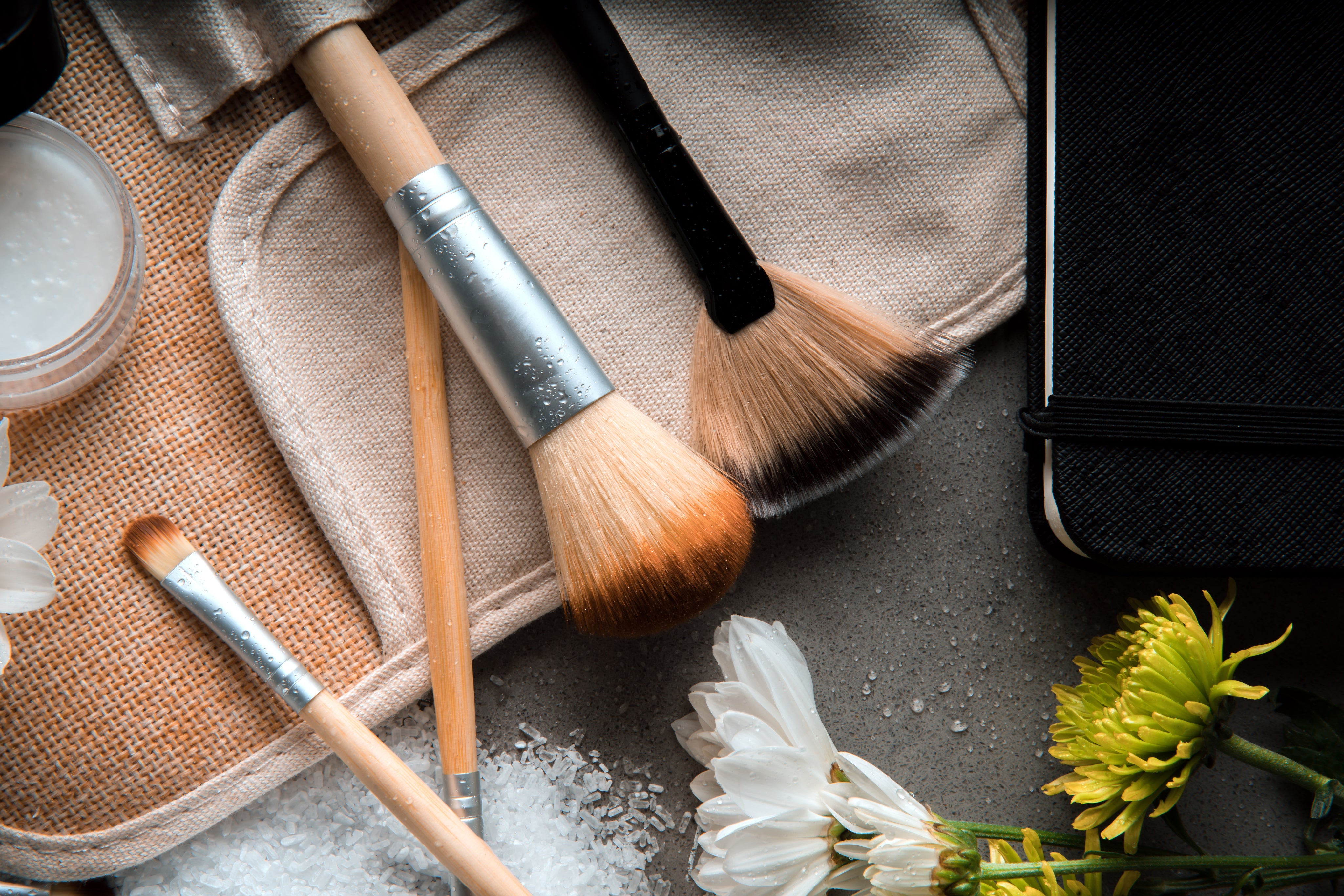
7 Reasons Why Your Shampoo Isn’t Working (And What to Do About It)
Still dealing with greasy, flat, or frizzy hair after every hair wash?
You’re not imagining things. Sometimes, even the most expensive shampoo like Shiseido or Aveda doesn’t deliver. But that doesn’t mean the shampoo is defective!
Top Secret combines professional insight with real-life fixes to help you get the most out of your hair care. Let’s break down why this happens, and what you can do about it.
1. You Are Using the Wrong Shampoo for Your Scalp Type
Shampoo should treat your scalp first, not just your hair strands.
It’s common to pick shampoo based on hair goals like “volumising,” “anti-frizz,” or “moisturising.” But here’s the truth: your scalp is the root system of your hair, and using the wrong formula for your scalp type throws everything off.
Here’s a quick reference guide:
|
Scalp Type |
Symptoms |
Recommended Shampoo Type |
|
Dry & Itchy |
Flakes, tightness, irritation |
Oat, argan oil, hyaluronic acid formulas |
|
Oily & Greasy |
Flat roots, fast oil production |
Clarifying, lightweight balancing shampoos |
|
Sensitive |
Redness, burning, allergic reactions |
Fragrance-free, pH-balanced, dermatologist-safe |
Tip: Always pair with a conditioner meant for your hair ends, not scalp.
2. You Are Washing Too Often (or Not Enough)
Washing too frequently can cause dryness but washing too infrequently causes buildup.
The scalp naturally produces oil (sebum). Overwashing strips this layer, causing reactive overproduction. Meanwhile, underwashing allows dirt, sweat, and dead skin to clog follicles, reducing shampoo effectiveness.
Recommended frequency:
|
Scalp Type |
Wash Frequency (per week) |
Best Shampoo Type |
|
Oily |
3–4x |
Clarifying, lightweight |
|
Normal |
2–3x |
Balanced, pH-adjusted |
|
Dry |
1–2x |
Hydrating, sulfate-free |
For a more in-depth guide on hair wash frequency for different hair types, check out our “Should You Wash Your Hair Everyday? Let’s Find Out” blog for more information!
3. You Are Using a Shampoo That’s Too Harsh
Harsh shampoos damage your scalp barrier and strip essential oils.
Many commercial shampoos use ingredients like SLS (Sodium Lauryl Sulfate) to create a foamy lather but these harsh ingredients strip away natural moisture, irritate the scalp, and fade hair colour.
Here’s what to watch out for:
- Sulfates (SLS, SLES)
- Alcohol
- Synthetic fragrance or parabens
Better alternatives:
- Sulfate-free, gentle surfactants
- Keratin- or biotin-enriched formulas
- Zinc PCA, green tea extract, amino-acid cleansers
4. You Have Product or Scalp Buildup That’s Blocking Results
Layering too many hair products can suffocate the scalp.
Shampoo can’t penetrate when layers of styling creams, dry shampoo, or pollution clog follicles. If your hair feels dirty right after a wash, buildup is likely the cause.
Fortunately, you don’t need to sacrifice looking good for the sake of healthy hair.
Detox strategy:
-
Clarifying shampoo: Once a week and not daily. This is a deep cleanser.
-
Scalp scrub: 1–2 per month for deep cleansing.
- Ingredients to try: salicylic acid, activated charcoal, tea tree oil
As a rule of thumb, check your conditioner and avoid silicone-heavy formulas that aren't water-soluble.
5. You Are Not Lathering and Rinsing Properly
“A good rinse is just as important as a good shampoo.”
Technique matters just as much as product. Improper lathering or rinsing leaves residue behind, which weighs down hair, reduces volume, and traps dirt.
Correct technique checklist:
- Soak hair thoroughly (30–60 seconds)
- Emulsify shampoo in your palms before applying
- Focus massage on scalp using fingertips, not nails
- Rinse with lukewarm (never hot) water
6. You Are Overlooking Underlying Hair Loss Issues
If your shampoo can’t fix it, it may be a deeper issue. The truth is there are many factors that cause hair loss. It can be due to hormones, stress, or DHT sensitivity that can make any shampoo feel ineffective.
If you’re seeing unusual thinning or patchy shedding, products alone won’t help. Before changing your shampoo, let’s look at the other potential reasons causing your hair loss.
What may be affecting you:
- Postpartum changes
- Genetic (androgenetic) hair loss
- Poor diet, iron deficiency, or chronic stress
That being said, it’s not unfixable. Consider:
- Shampoos with DHT-blockers (saw palmetto, caffeine)
-
Peptide serums for growth stimulation
- Scalp scans or trichology diagnosis
7. You Are Switching Products Too Often to See Results
Hair needs time to respond to a formula. Expecting results in 1–2 washes is unrealistic. Most shampoos require 2–4 weeks of consistent use to rebalance the scalp and show improvement.
What happens week by week with a new shampoo? Here’s a nifty table.
|
Timeline |
What You Might Notice |
|
Week 1 |
Detox phase: scalp may feel greasier or slightly flaky |
|
Week 2 |
Natural oil regulation starts to kick in |
|
Week 3–4 |
Hair texture improves, less frizz, more manageability |
|
Week 5+ |
Real impact on strength, shine, and scalp balance appears |
“Most quality shampoos are designed to work gradually, it’s like skincare, not surgery.”
But When Should You Actually Switch?
Only consider changing your shampoo if:
- You experience itchiness, burning, or rash
- Your hair is shedding excessively with no external cause
- You’ve used it consistently for 4–6 weeks with zero improvement
We recommend keeping a “hair diary” to track texture, scalp feel, and results. Jot it down in a notebook or an excel sheet, this will help you stay objective instead of impulsive and track the effectiveness of the shampoo.
Read more: The Ultimate Guide to Choosing the Right Shampoo for Your Hair Type
What to Do If Your Shampoo Still Isn’t Working?
You’ve followed the checklist, switched products, adjusted your routine and your hair still isn’t behaving? Don’t worry. That just means it’s time to go back to basics.
Often, the problem isn’t a single bottle, it’s a misaligned routine or hidden issue that needs a reset.
Here’s a simple but effective recovery plan
|
Step |
What to Do |
|
Clarify |
Start with a clarifying rinse or shampoo to remove any leftover product, oil, or mineral buildup. This gives your scalp a clean slate and prevents past residue from interfering with new products. |
|
Reassess |
Re-evaluate your scalp type and current hair condition. Is your scalp oily but your ends dry? Do you have flaking or sensitivity? These signals guide what your shampoo should actually be doing. |
|
Choose |
Based on your reassessment, select a shampoo that targets your specific scalp needs, not just the texture of your hair. Look for transparent labels and gentle, targeted formulations. |
|
Stick to It |
Give your new shampoo at least 3–4 weeks of consistent use before evaluating results. Avoid jumping between brands and let your scalp stabilise and adjust. |
|
Get Support |
If results are still off, seek help. Book a scalp diagnosis or hair consultation with a trained expert to identify underlying causes and receive tailored advice. |
“Hair care is a journey, not a one-wash miracle. A few small tweaks with the right support can bring your hair back to its best state.”
Conclusion
Sometimes, it’s not about buying a better or more expensive bottle. Just like a medical check-up, it’s about understanding what your hair and your scalp actually needs.
At Top Secret, we don’t believe in one-size-fits-all hair care. That’s why we offer premium, professionally curated hair care brands tailored for everything from thinning hair to chemically treated, coloured, or permed hair.
Whether you’re dealing with scalp buildup, persistent frizz, or stubborn oiliness, we’re here to help you get to the root of the issue, literally.
Frequently Asked Questions About Shampoo That Doesn’t Work
What’s the Best Way to Tell If a Shampoo Is Not Working?
If your hair feels greasy, itchy, or frizzy after washing, or if scalp irritation increases, it’s a red flag.
Can Shampoo Cause Hair Fall?
Yes. Harsh ingredients or poor scalp health may worsen hair loss symptoms, especially if you have sensitive skin.
How Long Should I Use a Shampoo Before Switching?
Give it 2–4 weeks unless you experience breakouts, flaking, or allergic reactions.
Do I Need Different Shampoo for Dry vs Oily Hair?
Absolutely. Using the wrong type can throw off your scalp’s oil balance.
How Do I Fix Hair That Still Feels Dirty After Washing?
Use a clarifying shampoo weekly, rinse thoroughly, and avoid layering too many products between washes.
What Is a Scalp Detox and Do I Need One?
It’s a deep cleanse for your scalp to remove buildup. Recommended monthly for anyone in urban or humid environments.

